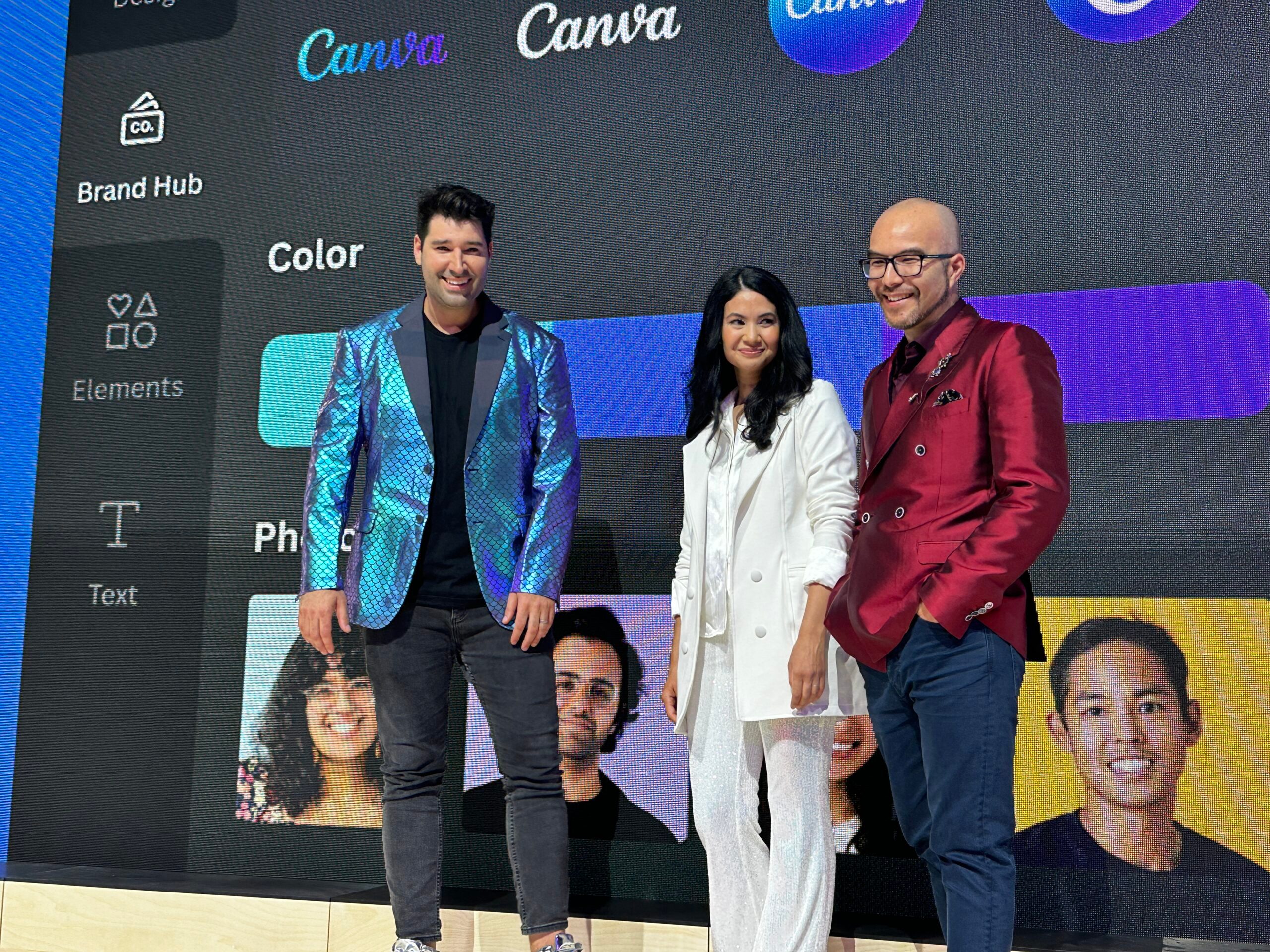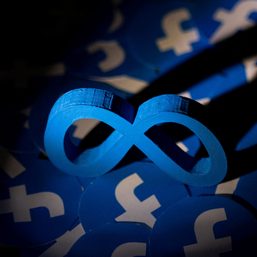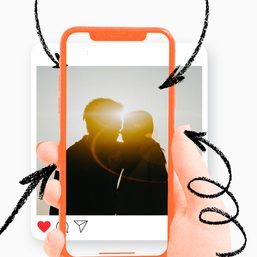SUMMARY
This is AI generated summarization, which may have errors. For context, always refer to the full article.

MANILA, Philippines – Australian graphic design app Canva once built social media-like features, including buttons for likes and shares.
This could’ve radically changed the $39-billion company’s trajectory, including an entirely different set of competitors. But its founders and engineers decided to stop its rollout.
In a sit-down interview with Rappler, Canva co-founder Cameron Adams told Rappler that the features were tested between 2014 and 2015, around the rise of Pinterest.
“We got a lot of investors talking to us about social networks and they weren’t convinced that Canva as a creation tool had a future. They were like, ‘Oh you need to be social.’ So we kind of caved against our better judgment and we said, ‘Okay let’s try and add a bit of social element to Canva,’” Adams said.

Canva’s social media features were rolled out for six months, but were eventually shelved.
“[It] just didn’t really fit with our model because people come to Canva to create their personal content that they wouldn’t want to share in the world. They’re uploading photos that they wouldn’t normally upload to Instagram,” Adams said.
Canva users were also using the site for business purposes, which didn’t really fit for a direct social use case.
“So, we were getting people to create this content, but then encouraging them to share it publicly and get likes and comments, so it just didn’t quite click, so we shelved that because… it was distracting us from what Canva was actually,” Adams shared.
But the failed experiment still has some remnants of it left.
“Fortunately, a lot of the learnings from that social interaction rolled into things like collaboration… things like sharing within your team, creating a kind of a micro community where you’re sharing presentations with other teammates they’re collaborating with. A lot of that thinking and some of the technology ended up in there, but ultimately social itself wasn’t a great success,” Adams revealed.
So far, there are no plans to revive the idea of going all-out on social media. But Canva is looking at new ways of how people collaborate and share content within “closed bubbles” like organizations.
Christmas cards that flopped
The social media feature wasn’t the only feature that failed in Canva. Surprisingly, its first and only dedicated Christmas card creator, launched around the holidays in 2013, did not click with users.
Adams said there were 30,000 Christmas cards sent through the feature, but 25,000 of those cards were sent by just one person.
“It kind of looked successful but it wasn’t actually, and that’s when we decided not to build special case tools. We wanted Canva to be always an all-encompassing tool which allowed you to access all parts of design,” he said.
Even without the social media or custom card maker features, Canva has grown.
Its Philippines office in Makati City, which was the first outside Australia, now occupies five of six floors to house some 850 employees. The building’s lobby will even transform into Canva’s event space.
Canva is currently beefing up its AI-powered features, and the Manila office is helping the company remain competitive.
Last year, the company created buzz on TikTok for its magic edit feature, where people can instantly edit casual photos into a more professional-looking headshots and alter unwanted elements. Its background eraser feature is also among its most popular offerings.
With just a few prompts, users can now instantly design documents and entire presentations.
Canva has also launched a feature where people post notes onto one digital whiteboard, and AI would create a document summarizing all of the suggestions.
Adams said they are further developing AI tools embedded into its docs and presentations features.
“Twelve years ago when we started Canva, AI was just a twinkle in the eye of a couple of researchers somewhere. We’re very optimistic about the changes that AI is bringing to not just the creative industry but society as a whole” Adams said. – Rappler.com
Add a comment
How does this make you feel?












![[OPINYON] Tungkol sa naging viral na social media conjecture](https://www.rappler.com/tachyon/2024/07/thought-leaders-conjecture-07262024.jpg?resize=257%2C257&crop_strategy=attention)
![[DECODED] The Philippines and Brazil have a lot in common. Online toxicity is one.](https://www.rappler.com/tachyon/2024/07/misogyny-tech-carousel-revised-decoded-july-2024.jpg?resize=257%2C257&crop_strategy=attention)







There are no comments yet. Add your comment to start the conversation.